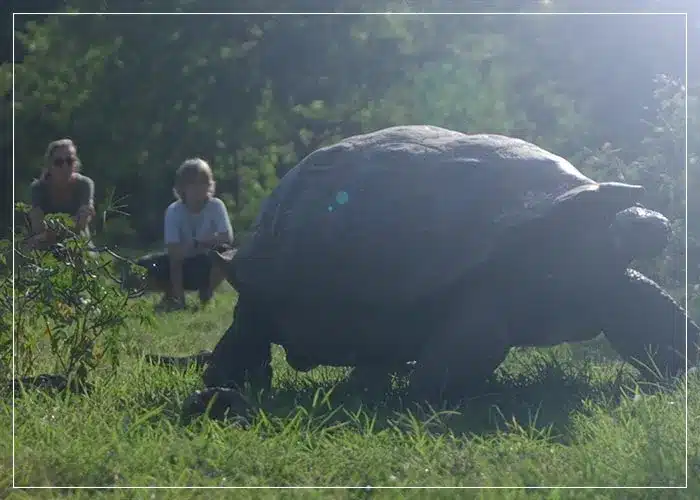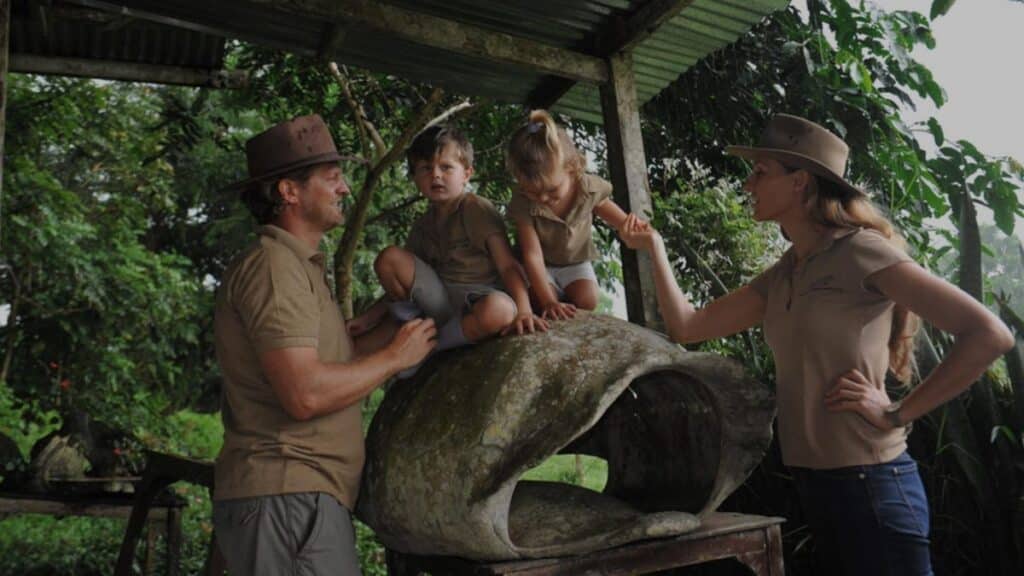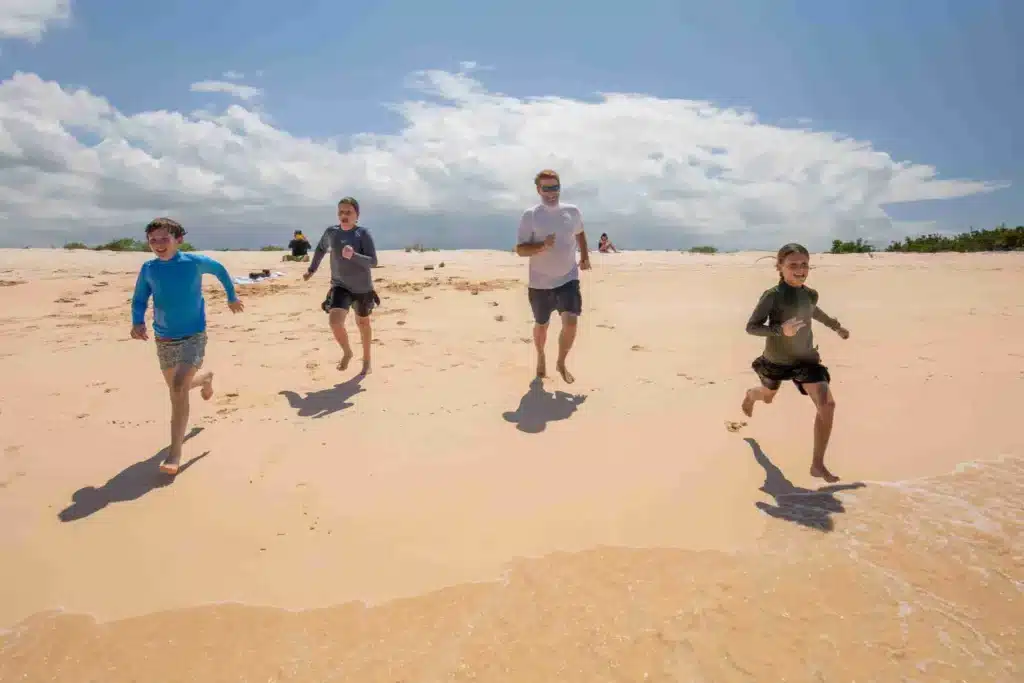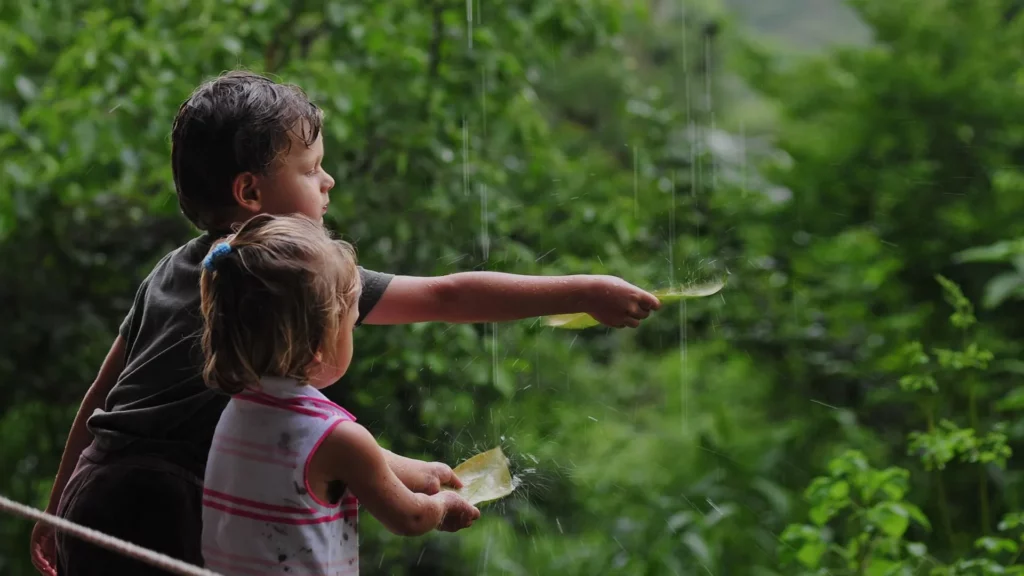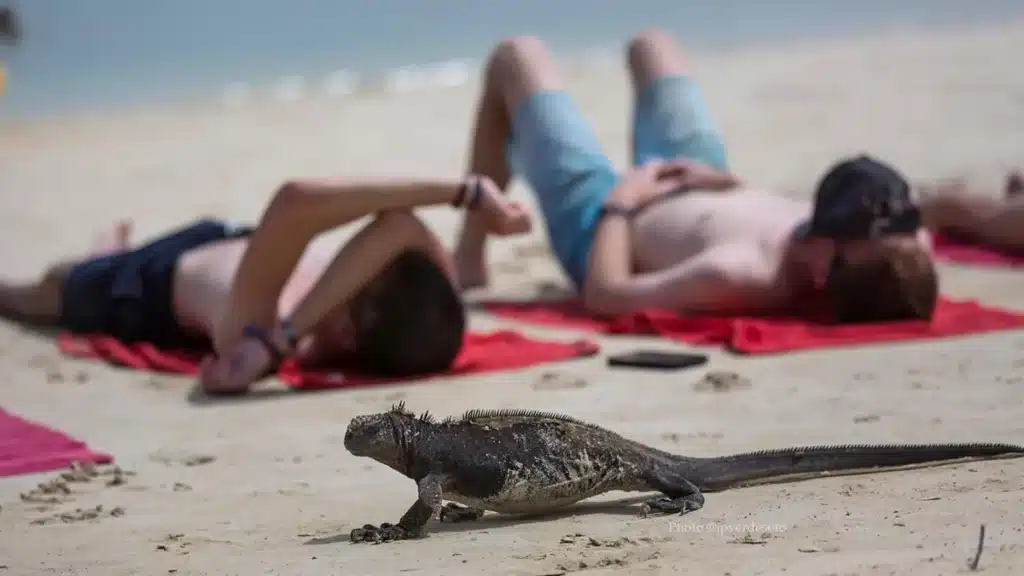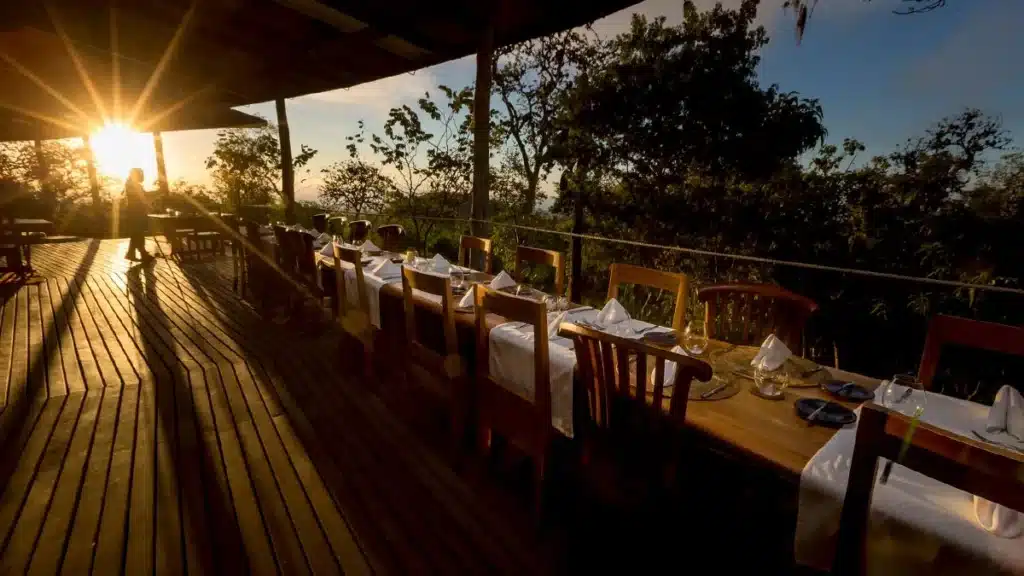The Galapagos Cool and Dry Season
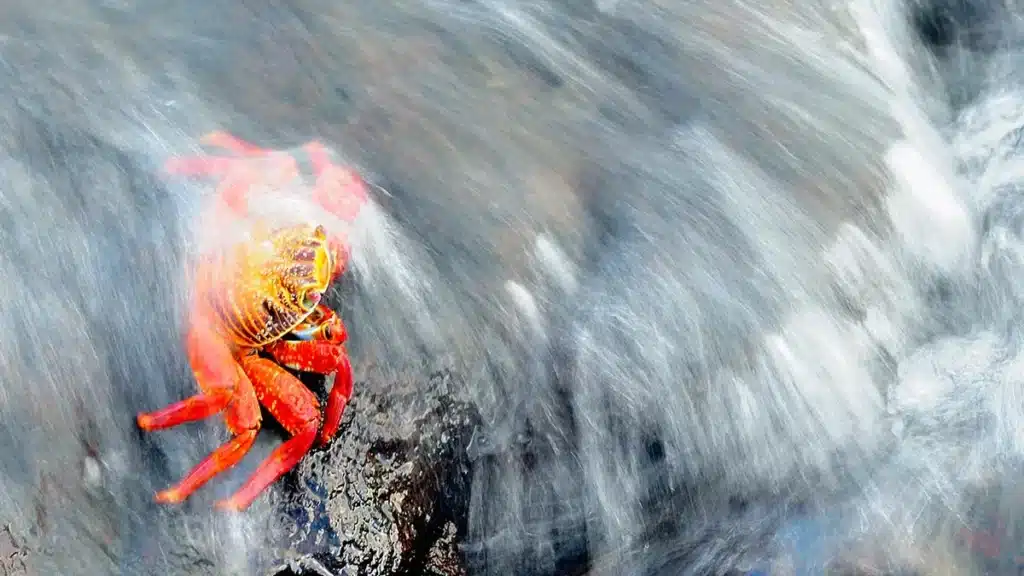
Ocean currents
During the cool and dry season, the southern trade winds push the cold, nutrient-rich Humboldt Current up the coast of South America from Antarctica, before turning west at the equator towards the Galapagos Islands.
Running in the opposite direction of the Humboldt (west to east along the equator), the Cromwell Current (also known as the Pacific Equatorial Undercurrent,) is a much deeper current that carries nutrients from decaying matter on the ocean floor. When it reaches the archipelago, the cold, nutrient-rich water is deflected to the surface, an oceanographic process known as upwelling.
These nutrients sustain the phytoplankton on the ocean’s surface, and the increase in plankton growth attracts an abundance of fish and seabirds, making the waters especially exciting for snorkelers and scuba divers.
The islands in the south, such as Isla Floreana and Isla Española, are the most affected by the cold waters of the Humboldt Current. The islands to the west such as Fernandina and Isabella are most affected by the Cromwell Current. (Galapagos Safari Camp is located on Santa Cruz Island, in the middle of the archipelago, and is therefore less affected by these currents).
El Niño
During warmer years when this bottom layer of the food chain is not sustained, the consequences can be dire. For example, during El Niño of 1982 – 1983, the lack of food at the bottom of the food chain led to the death of many sea lions at the top of the chain.
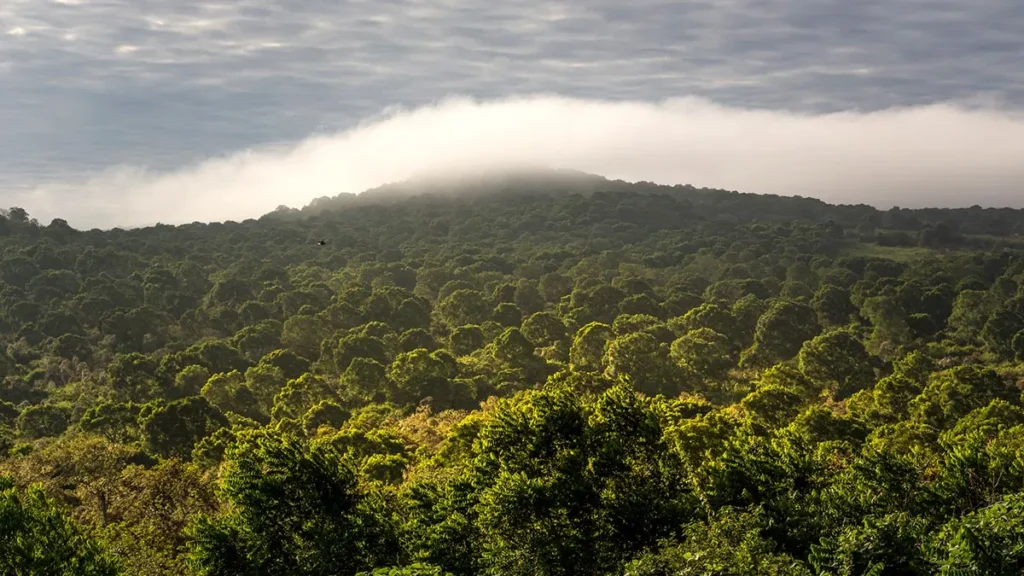
La Garua
In addition to feeding microscopic plant and animal life, this cold, nutrient-rich water is responsible for creating the fog (or garua) that prevails during this season by cooling the air directly above its surface.
Higher up, at about 1000-2000ft / 300-600m, where the warmer air sits on top of the cooled air, an ‘inversion layer’ forms, containing evaporated moisture from the ocean. This creates a layer of mist which keeps the highlands (and our home) lush and green compared to the lowlands which become very dry and barren during this season.
Air and Sea Temperatures
The cooler ocean currents also bring cooler weather with air temperatures ranging from 67 – 80°F / 19 – 27 °C.
Sea temperatures drop to 68 – 74°F / 20 – 23°C. For context, 70-78°F is the range where most people feel ‘comfortable’ swimming without a wetsuit, although this is a matter of preference. (Galapagos Safari Camp provides wetsuits for all ages, all year round).
Although described as ‘cooler’, it’s worth noting that these water temperatures are more or less the same as those in Cape Town, Africa in January (19°C), the Algarve, Portugal in July (20°C), the Costa del Sol, Spain in August (23°C), Jacksonville, Florida in May (°23C), and Malibu, California in August (19°C).
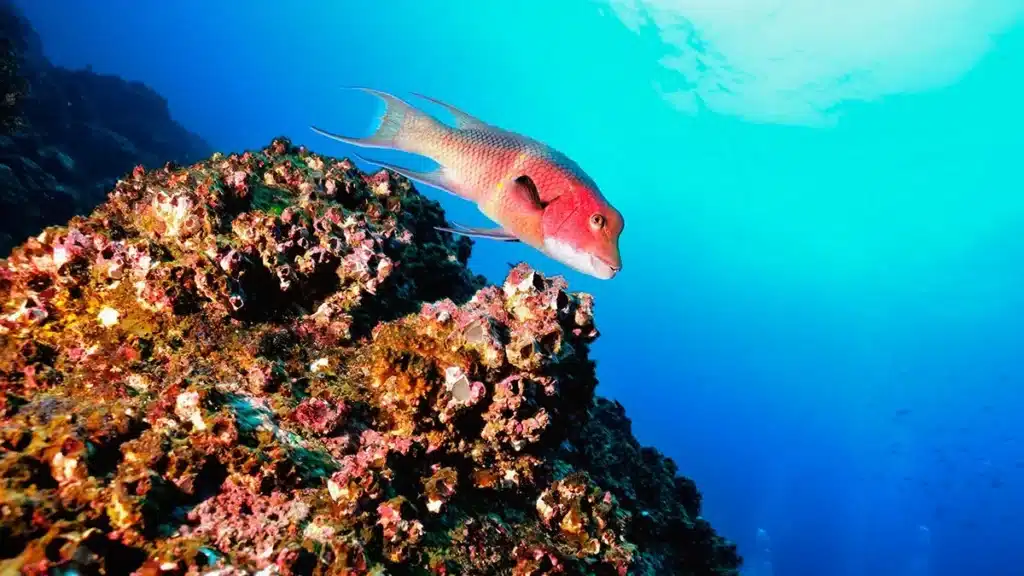
Wind and underwater visibility
Wind speeds pick up during the cooler months, ranging from force 4 (moderate breeze) to force 7 (strong, moderate/near gale). The open ocean can be choppy during these months, and those who prone to sea-sickness may prefer a land-based safari to a cruise.
Galapagos flora and fauna
Marine life is at its best during the cooler season and if lucky you may see migrating humpback whales passing through the marine reserve.
It is a great time for scuba-diving in the Galapagos.
The Cool and Dry Season at Galapagos Safari Camp
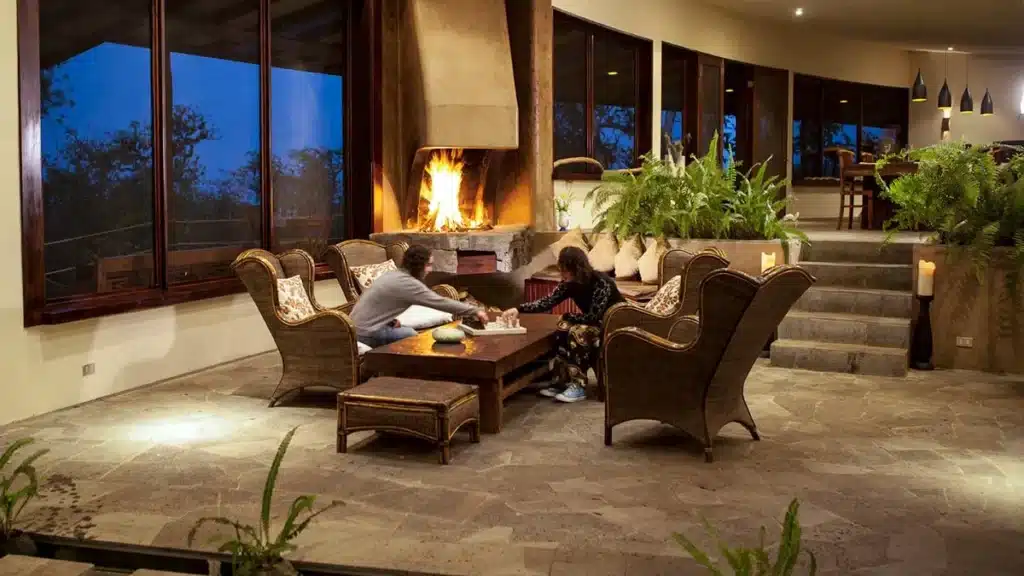
In the Cool and Dry Season at Galapagos Safari Camp, mornings are greeted with mist and evenings are graced with dramatic sunsets. During the coolest months (mid season), guests have the option to dine alfresco on the verandah, where tables are illuminated and warmed by solar-powered heat lamps, blending the experience of dining in nature with comfort. A fire is lit in the main lodge to create a cozy atmosphere, and for added warmth in the tents, hot water bottles are slipped into beds, ensuring a comfortable and restful night’s sleep.
Noteworthy dates:
September and; October: Darwin visited Galapagos
September 15 1835: arrival of the Beagle (and Darwin) in the Galapagos Islands.
September 17-22: Darwin visits San Cristóbal
September 24-27: Darwin visits Floreana
September 29-October 2: Darwin visits Isabela
October 8-17: Darwin visits Santiago
